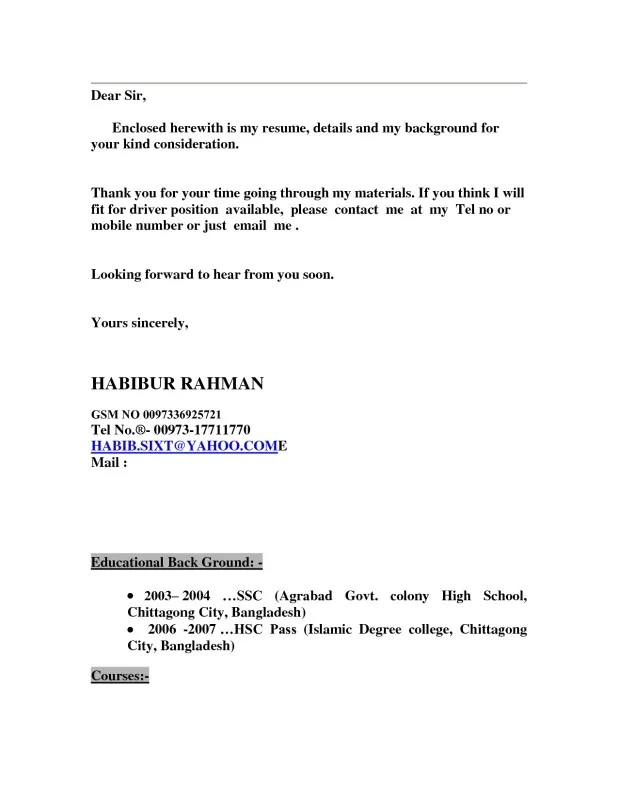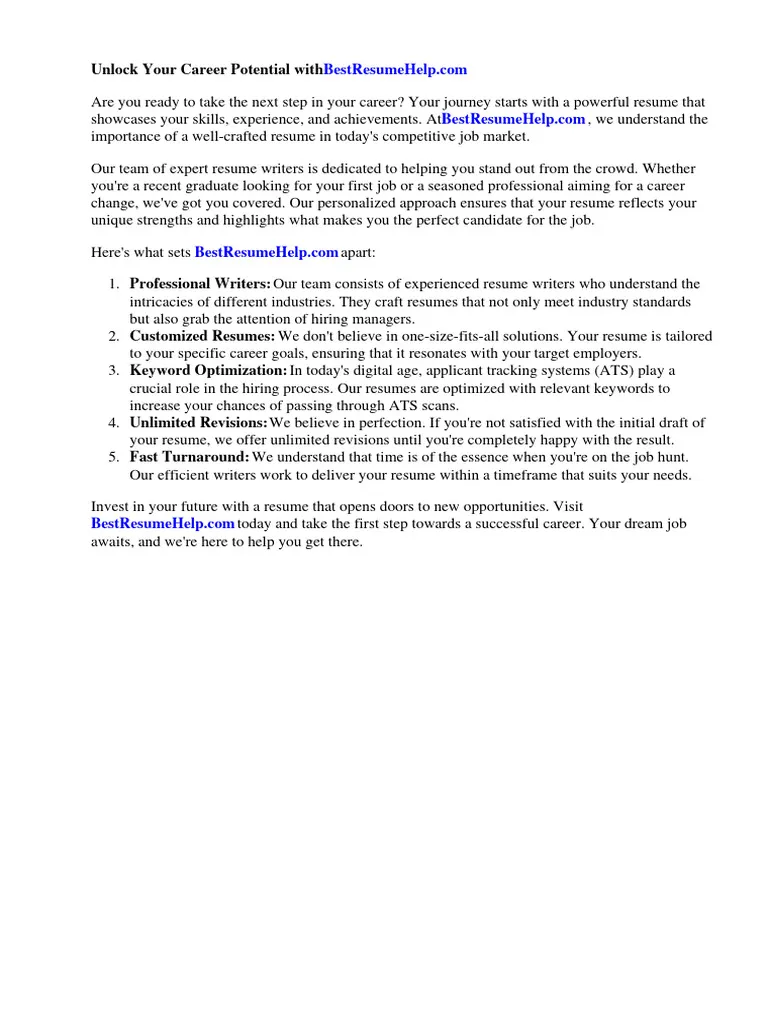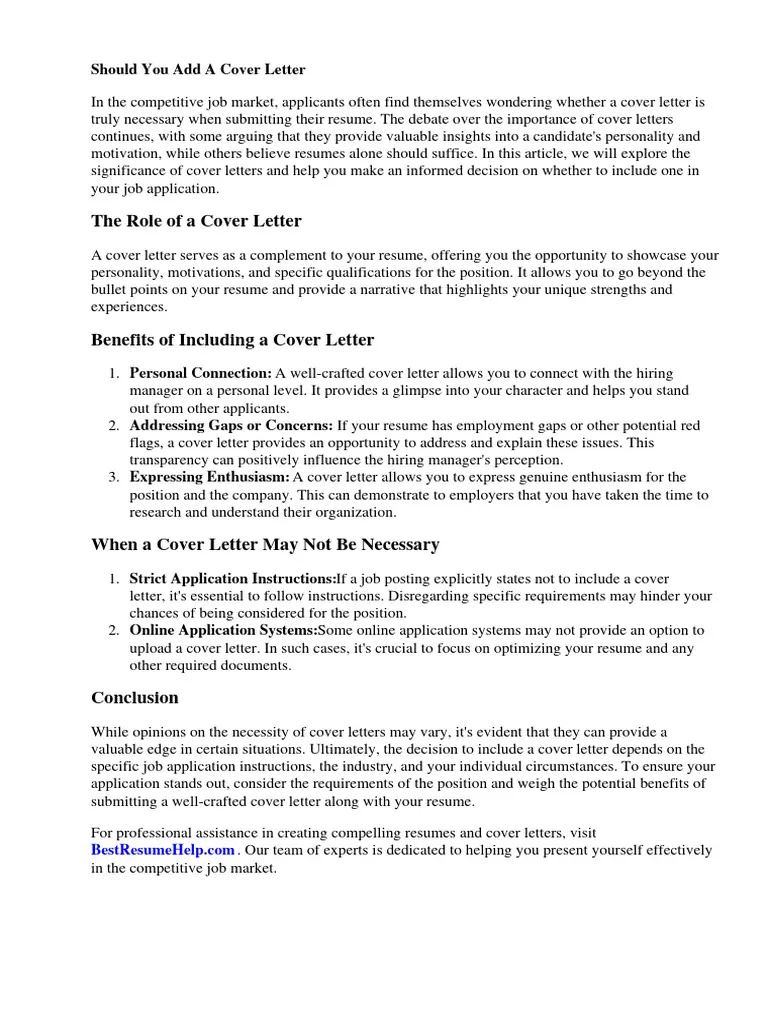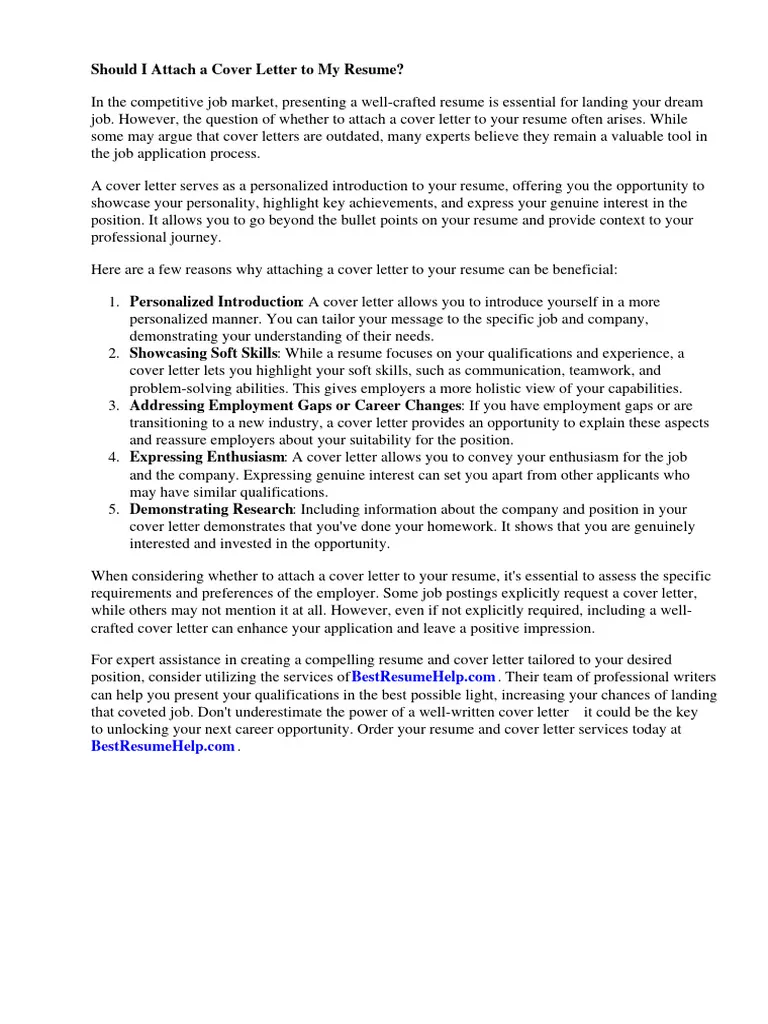What is SEO and Why Is It Important?
Search Engine Optimization (SEO) is the process of improving your website to increase its visibility when people search for products or services related to your business on Google, Bing, and other search engines. SEO is crucial because it drives organic traffic, which is traffic that comes from unpaid search results. This type of traffic is highly valuable as it represents users actively seeking information or solutions that your website provides. A strong SEO strategy can significantly improve your website’s rankings, leading to more clicks, increased brand awareness, and ultimately, higher conversion rates. Without SEO, your website might be invisible to potential customers, no matter how great your products or services are. Therefore, understanding and implementing effective SEO techniques is vital for online success. SEO isn’t a one-time task, but a continuous process of refinement and adaptation to changing search engine algorithms and user behavior.
Understanding the Basics of SEO
SEO encompasses various elements, including keywords, content quality, website structure, and backlinks. Keywords are the words and phrases users type into search engines. Effective keyword research involves identifying the terms your target audience uses. Content quality refers to providing valuable, informative, and engaging content that satisfies user intent. Website structure affects how search engines crawl and index your site. Backlinks are links from other websites to yours, which can signal to search engines that your site is credible and authoritative. A solid understanding of these fundamentals is essential to building a strong SEO foundation and achieving sustainable results. It is essential to remember that SEO is not about tricking search engines, but about creating a better user experience. SEO that is aligned with user needs will always be more successful in the long run.
How Search Engines Work

Search engines like Google use complex algorithms to crawl, index, and rank websites. Crawling involves discovering and accessing web pages. Indexing is the process of organizing and storing information from crawled pages in a massive database. Ranking is determining the order in which web pages appear in search results based on relevance and authority. Understanding this process helps you optimize your website to be more easily crawled, indexed, and ranked higher. Key factors influencing rankings include relevance, content quality, website speed, mobile-friendliness, and the number and quality of backlinks. Staying informed about how search engines operate and adapting your SEO strategies accordingly is an ongoing process. Google frequently updates its algorithm, so staying on top of those updates is critical to maintaining or improving your rankings. This also means regularly reviewing your website’s performance and making necessary adjustments.
On-Page Optimization Techniques
On-page optimization focuses on improving elements within your website to enhance its search engine rankings. This includes optimizing title tags, meta descriptions, header tags (H1-H6), image alt text, and internal linking. Title tags and meta descriptions are essential for attracting clicks from search results. Header tags structure your content logically, making it easier for both users and search engines to understand. Image alt text provides context for images, helping search engines understand their content. Internal linking helps users navigate your site and distributes link equity across your pages. By implementing these techniques effectively, you can increase your website’s visibility and relevance for target keywords. Regular audits of your on-page elements ensure that your optimization efforts remain effective as your website evolves. Moreover, ensure all the information is unique and engaging to increase your chance of getting more clicks.
Keyword Research and Implementation
Effective keyword research is the cornerstone of successful on-page optimization. Identify relevant keywords by using tools like Google Keyword Planner, SEMrush, or Ahrefs. Analyze search volume, competition, and user intent to select the best keywords for your content. Implement these keywords naturally throughout your content, including title tags, headings, body text, and image alt text. Avoid keyword stuffing, which is the practice of excessively using keywords in an attempt to manipulate search rankings, as it can harm your website’s SEO. Focus on creating high-quality, informative content that satisfies user intent. User intent refers to the reason behind a user’s search query. Content that satisfies the user’s needs is more likely to rank well in search results. Continually review and refine your keyword strategy to adapt to changing search trends and user behavior, which requires ongoing analysis and adjustments to your keyword targeting.
Optimizing Website Content

Content optimization involves creating valuable, engaging, and well-structured content that resonates with your target audience and search engines. This includes writing high-quality, original content, using relevant keywords naturally, formatting content for readability, and incorporating multimedia elements such as images and videos. Ensure your content is easy to read and understand by using clear language, concise sentences, and headings. Use headings to break up your content and make it easier to scan. Incorporate images, videos, and infographics to enhance engagement and visual appeal. Regularly update and refresh your content to keep it relevant and up-to-date. Keeping your content fresh demonstrates to both users and search engines that your website is active and provides valuable information. Don’t forget to optimize the images with alt text to increase the content relevancy, improving your overall SEO performance.
Improving Website Structure and User Experience
Website structure refers to the organization and navigation of your website. A well-structured website is easy for search engines to crawl and index, which improves SEO performance. Make sure your website has a clear, logical structure with a user-friendly navigation menu. Implement internal linking to connect related pages and help users discover more content. Improve the user experience (UX) by ensuring your website is fast, mobile-friendly, and easy to navigate. Prioritize website speed by optimizing images, minimizing code, and using a content delivery network (CDN). Ensure your website is mobile-friendly, as a large portion of users access the internet via mobile devices. Implement a responsive design that adapts to different screen sizes. Prioritizing website structure and UX not only boosts SEO but also improves user engagement and conversions. Make sure all aspects of your website are accessible for all users, including those with disabilities. Conduct regular audits to ensure the UX is up to par.
Off-Page Optimization Strategies
Off-page optimization involves activities that take place outside of your website to improve its search engine rankings. This includes building high-quality backlinks, promoting your content on social media, and engaging with your online audience. Backlinks are links from other websites to yours, and they are a crucial ranking factor. They signal to search engines that your website is credible and authoritative. Social media marketing can increase brand awareness, drive traffic to your website, and improve your online reputation. Engage with your audience by responding to comments, answering questions, and participating in relevant discussions. These off-page strategies work hand in hand with on-page optimization to provide a holistic approach to SEO, improving your website’s visibility and credibility. Developing a consistent brand voice and providing valuable content are key to establishing a strong online presence. This is also an ongoing process that requires consistent effort and adaptation.
Building High-Quality Backlinks

Building high-quality backlinks is a fundamental aspect of off-page optimization. Focus on acquiring links from authoritative and relevant websites. This can be achieved through guest blogging, content promotion, broken link building, and outreach. Guest blogging involves writing and publishing articles on other websites in your niche, including links back to your website. Content promotion involves sharing your content on social media, forums, and other platforms to increase its visibility and attract links. Broken link building involves finding broken links on other websites and offering your content as a replacement. Outreach involves contacting website owners and requesting that they link to your content. Avoid link schemes, such as buying links, as they violate search engine guidelines and can harm your website’s rankings. Building a strong backlink profile takes time and effort, but the long-term benefits are substantial. Ensure the links come from trustworthy sources.
Social Media Marketing for SEO
Social media marketing plays a significant role in driving traffic, increasing brand awareness, and improving SEO. Share your website content on social media platforms like Facebook, Twitter, LinkedIn, and Instagram to reach a wider audience. Engage with your followers by responding to comments, answering questions, and running contests. Use social media to build relationships with your target audience and establish yourself as an industry leader. Although social media links do not directly impact search engine rankings, they can increase website traffic and brand visibility, which indirectly helps SEO. Ensure your social media profiles are optimized with relevant keywords and links to your website. Regularly analyze your social media performance to identify what works best and adjust your strategy accordingly. Social media is a powerful tool for building relationships and driving traffic to your website.
Technical SEO Best Practices
Technical SEO involves optimizing the technical aspects of your website to improve its search engine rankings. This includes ensuring your website is crawlable, indexable, and mobile-friendly. Website speed, mobile-friendliness, and security are also vital. Improve website speed by optimizing images, minimizing code, and using a content delivery network (CDN). Ensure your website is mobile-friendly by using a responsive design and optimizing for mobile devices. Implement HTTPS to secure your website and protect user data. Make sure your website has a sitemap and robots.txt file to guide search engine crawlers. Regular technical SEO audits can help identify and address any issues that may be impacting your website’s performance. Technical SEO is an ongoing process. It ensures that your website is accessible and user-friendly, contributing to better rankings and an improved user experience.
Website Speed and Mobile-Friendliness

Website speed and mobile-friendliness are crucial for both user experience and SEO. Slow-loading websites can lead to high bounce rates and negatively impact search engine rankings. Optimize your website speed by compressing images, minimizing code, and using a CDN. Ensure your website is mobile-friendly by using a responsive design that adapts to different screen sizes. Google prioritizes mobile-first indexing, meaning it primarily uses the mobile version of a website for indexing and ranking. Regularly test your website speed and mobile-friendliness using tools like Google PageSpeed Insights and Google’s Mobile-Friendly Test. Address any issues immediately to ensure your website provides a seamless user experience on all devices. These are very important aspects of technical SEO.
Using Schema Markup
Schema markup, also known as structured data, is code that you can add to your website to help search engines understand your content. It helps search engines display rich snippets in search results, such as star ratings, reviews, and event information. Implementing schema markup can improve your website’s click-through rate (CTR) and increase visibility in search results. Use Google’s Structured Data Markup Helper to generate the necessary code. Test your schema markup using Google’s Rich Results Test to ensure it is implemented correctly. Schema markup can also enhance your website’s visibility in voice search results. Regularly review and update your schema markup as needed to ensure it remains accurate and relevant. Implementing structured data is a valuable step in your overall SEO strategy.
Monitoring and Analyzing SEO Performance
Monitoring and analyzing your SEO performance is essential for measuring the effectiveness of your strategies and making data-driven improvements. Use SEO tools and analytics to track key metrics, such as website traffic, keyword rankings, and conversion rates. Regularly analyze your data to identify trends, understand what is working, and pinpoint areas for improvement. This iterative process allows you to refine your SEO strategy and maximize your results over time. Effective analysis can help you uncover hidden opportunities and adapt to changing search engine algorithms. Tracking your performance helps you allocate resources effectively and make informed decisions. Using the data to guide your decisions is a critical part of successful SEO.
SEO Tools and Analytics

Numerous SEO tools and analytics platforms can help you track your website’s performance. Google Analytics provides valuable insights into website traffic, user behavior, and conversion rates. Google Search Console helps you monitor your website’s performance in search results, identify crawl errors, and submit sitemaps. Other popular SEO tools include SEMrush, Ahrefs, and Moz, which provide features such as keyword research, backlink analysis, and competitor analysis. Choose tools that align with your needs and budget. Regularly utilize these tools to gather data, identify trends, and inform your SEO strategy. Mastering these tools is crucial for understanding how your SEO efforts are performing. Use these tools to their full potential to obtain the maximum insights from your data.
Tracking Keyword Rankings and Website Traffic
Tracking keyword rankings and website traffic is essential for measuring the success of your SEO efforts. Use SEO tools to track the rankings of your target keywords in search results. Monitor your website traffic using Google Analytics to see how your organic traffic is performing. Analyze the trends and patterns in your keyword rankings and website traffic to understand what is working and what needs improvement. Identify any fluctuations in your rankings and traffic and investigate the causes. Adjust your SEO strategy as needed based on the data you collect. Regular tracking and analysis allow you to stay informed about your SEO performance, make data-driven decisions, and improve your website’s visibility in search results.
